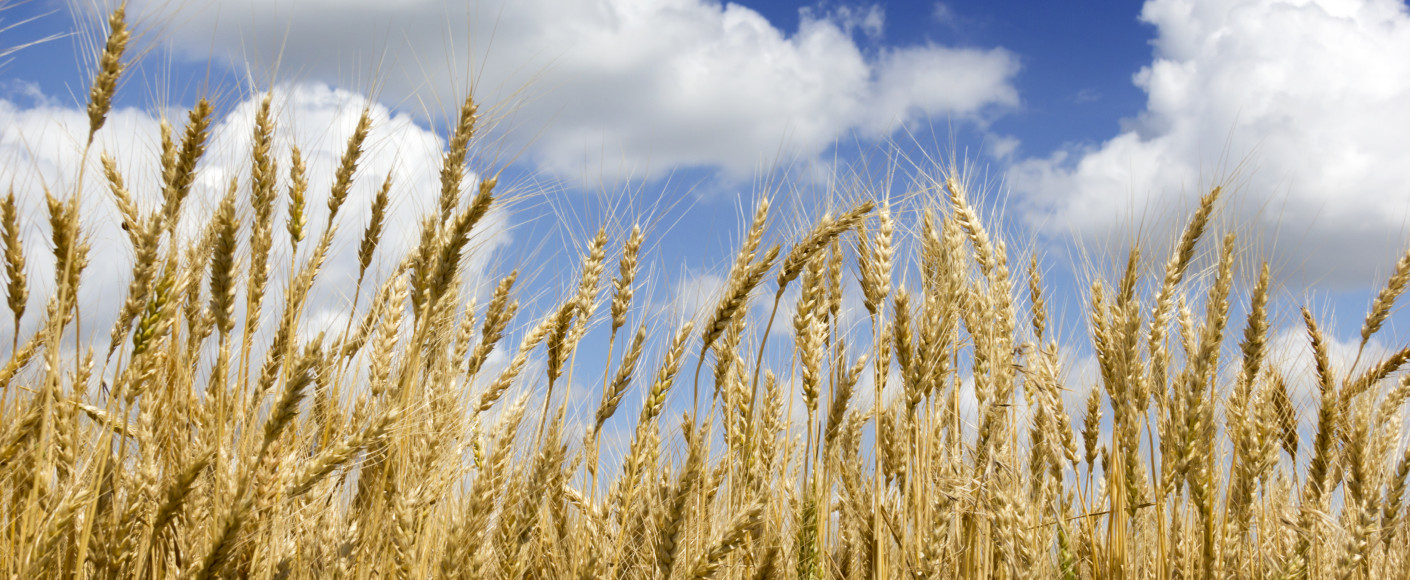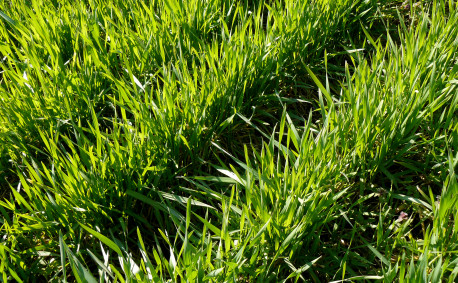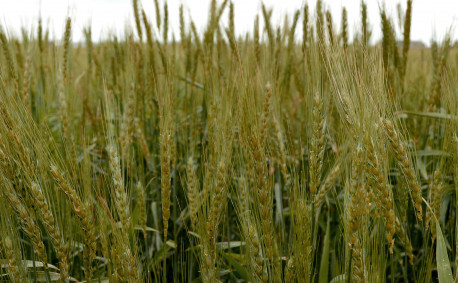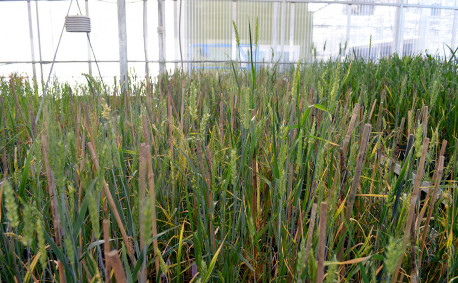Why Wheat Is a Kansas Staple
Close your eyes and picture Kansas. What springs to mind? If we had to guess, we’d wager there was wheat involved.
Kansas conjures thoughts of golden fields — delicate stalks rippling in the breeze as far as the eye can see.
But why is Kansas so solidly linked to wheat in our minds? What is it about wheat that makes it such an iconic image? Well, there are a lot of reasons, it turns out.
Climate
Of course, our climate plays a big part. Wheat is a fairly forgiving crop and can grow with as little as 10 inches of rain a year, although 12 to 15 is preferable. In fact, wheat is grown in every one of the 105 counties in Kansas. The wheat grown here is winter wheat, which is planted in the fall and harvested during the summer. Winter wheat doesn’t mind our crazy temperature fluctuations and can withstand our cold winters while dormant, then flourish during our warmer summers. Spring wheat, which is planted in spring and harvested late summer, isn’t grown in Kansas because it doesn’t grow well in our climate.
Soil
The major types of soil are sand, silt and clay. Wheat grows well in loamy soil, which is a combination of all three. That description fits Harney silt loam — our state soil — to a tee. Harney silt loam is 70 percent silt, 15 percent clay and 15 percent sand. This mix provides a good balance of moisture retention and drainage.
Still, farmers have to maintain soil health. This might mean adding depleted nutrients back into the soil with fertilizer or reducing tilling to help preserve soil structure. Other practices like crop rotation and cover crops can also be helpful depending on factors like the pH levels of soil. Guess which crops wheat cycles well with? Corn, soybeans and sorghum. You guessed it; all of these are major Kansas crops!
Culture
There’s no denying our rich history is also tied to wheat. When German and Russian Mennonites immigrated in the 1870s, they brought seeds of Turkey Red, a winter wheat which grew well in their native home. Although spring wheat had not grown well in Kansas, this strain of winter wheat flourished. With its success, farmers began developing additional strains.
The wheat market became a major draw for settlers looking for prosperity. Many Americans and immigrants answered the call to cultivate the prairie. Unfortunately, this new life wasn’t as easy as some may have hoped. Drought and locusts plagued the state in the late 1890s. On the heels of record high wheat prices following World War I, the Great Depression and Dust Bowl delivered a double hit to families relying on the once highly profitable crop for their livelihoods.
After one of the most challenging eras in farming, the 1940s brought perfect conditions for growing wheat, and prices soared again. World War II also provided new opportunities for farmers. Patriotism among farmers swelled as production was more than a way to support their families, but to feed our citizens and troops.
Through the ups and downs, wheat became ingrained in the fiber of our history and established itself as a key crop just as food production was becoming modernized in the next decades.
Breadbasket of the World
Wheat would never have been such a success if it weren’t such a versatile crop in food production and home cooking.
To help promote the grain in everyday life, the Kansas Wheat Commission began releasing cookbooks in the 1950s to showcase recipes using flour. These cookbooks encouraged Americans everywhere to bring wheat into their homes and support the country’s economy.
As food companies developed more formulas for breakfast cereals and other staples, especially following World War II, wheat was front and center.
Today, Kansas is the top producer of wheat in the United States and a large contributor worldwide. It’s no wonder we’ve become known as the “Breadbasket of the World.”
So, as you picture the amber waves of this Kansas grain, hopefully you can appreciate wheat is much more than just a crop. It’s a deeply rooted part of our heritage.




